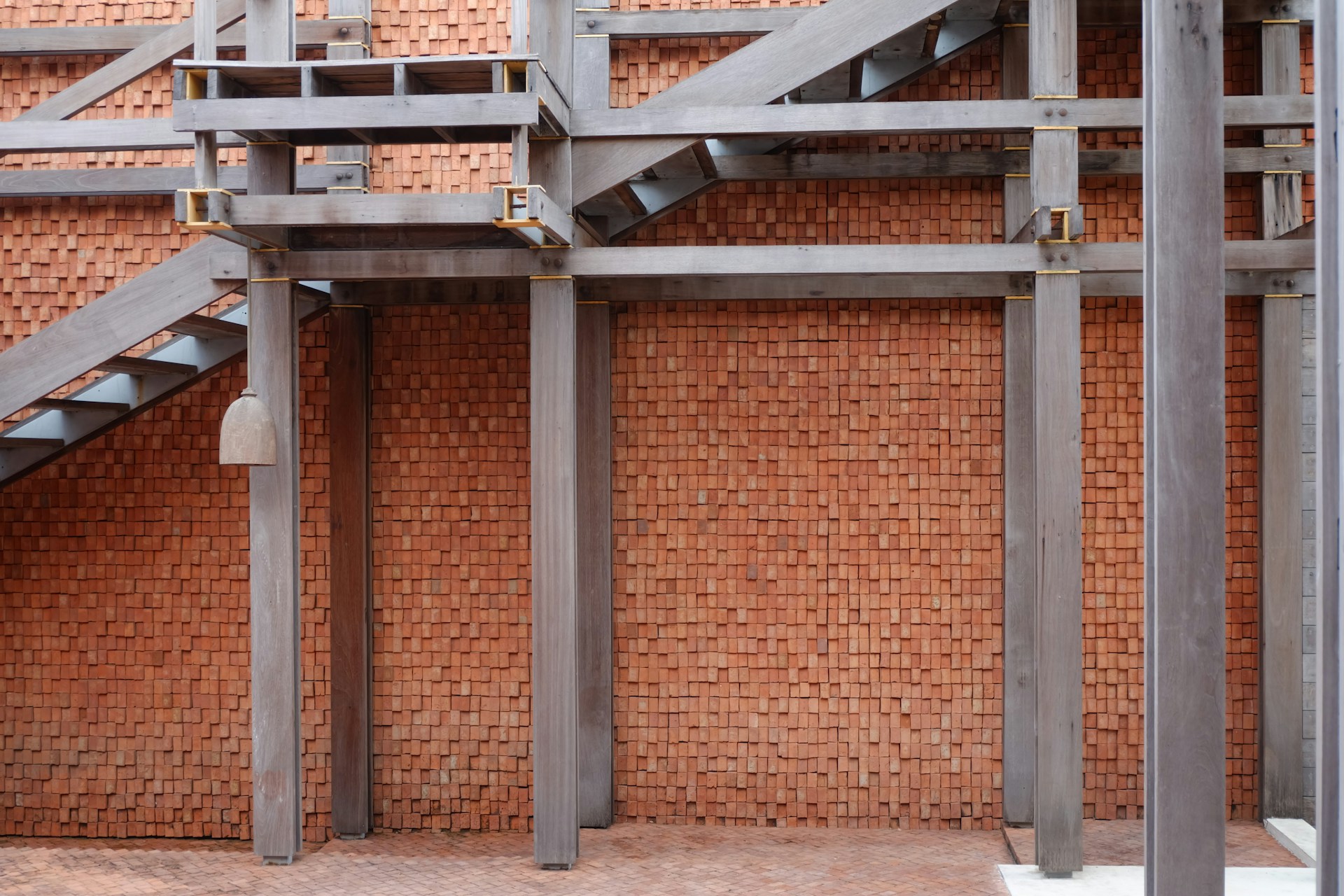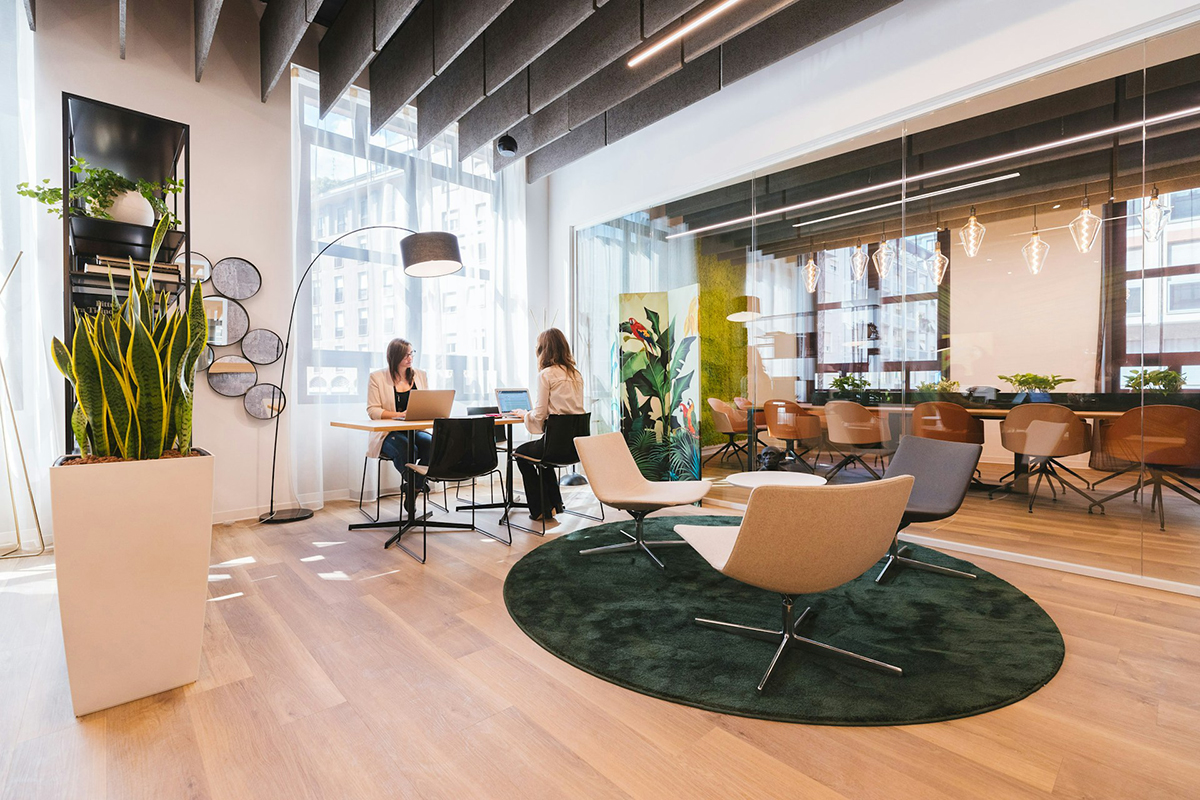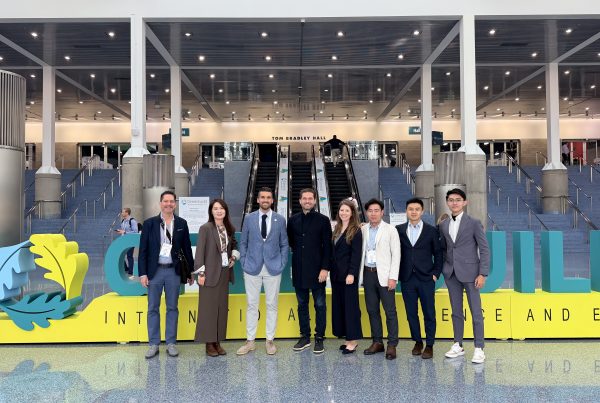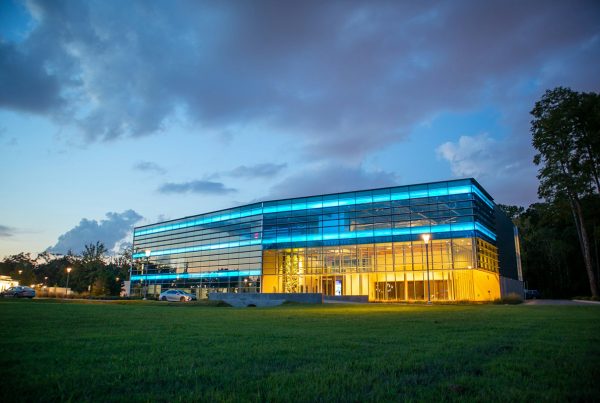Construction has a significant impact on how cities use energy and materials on a daily basis. Delivering net-zero construction means treating structure, systems and data as one integrated system, rather than sprinkling in a few green add-ons. As the world moves toward strict climate goals, the sector needs to adopt a holistic approach.
Three essential practices — sustainable materials, high-efficiency operational systems and future-ready digital infrastructure — show how net-zero infrastructure comes together on real projects.
Using Mindful Materials and Managing Embodied Carbon
Embodied carbon is the carbon footprint generated before a building opens. It comes from extracting raw materials, making products and moving them to the site. Because those choices get locked in early, concept design is the moment to act. For net-zero building infrastructure, focus on integrating smart strategies in the procurement, detailing and quality assurance stages.
Mass Timber
Mass timber products, such as cross-laminated timber (CLT), store biogenic carbon within their structure. These products store the carbon sequestered by trees during their growth. To make the most of this material, specify certified sourcing, check transport routes and plan end-of-life pathways. According to MIT’s Climate Portal, CLT’s advantage depends on how forests are managed, which design teams should address in procurement.
Low-Carbon Concrete
Traditional Portland cement accounts for 85% of concrete’s carbon emissions, but new formulations are changing this. Innovators are employing new binders and supplementary cementitious materials instead. These can significantly reduce the carbon footprint of concrete mixes.
Recycled Steel and Plastics
Recycled steel or building components made from recycled plastics help foster a circular economy. They reduce landfill waste and the energy required for extracting virgin materials. During bidding, request mill certificates that disclose recycled content and production route. For plastics, target applications where the use of recycled content has already been proven, such as panels, composite lumber or aggregate replacements.

Installing High-Efficiency Energy and HVAC Systems
After a building’s construction, its “engine” begins to operate. Operational carbon comes from all the daily energy used for lighting, heating and cooling. In many commercial buildings, the largest energy consumers are the heating, ventilation and air conditioning systems.
Therefore, effective net-zero construction planning must focus on reducing this energy load from day one. The strategy begins with the building envelope, which is the physical barrier between the indoor and outdoor environments.
High-performance insulation, triple-glazed windows and advanced air-sealing techniques are fundamental to buildings. These elements work together to keep conditioned air inside and prevent outside temperatures from affecting the interior. Passive design principles, such as building orientation, are also employed to maximize natural light while minimizing unwanted solar heat gain.
With a high-performance envelope, the building needs smaller, more efficient HVAC systems. Advanced systems, such as Variable Refrigerant Flow, intelligently distribute heat around a building. Geothermal heat pumps use the earth’s stable temperature for highly efficient heating and cooling.
Energy Recovery Ventilation systems further boost efficiency by capturing energy from exhaust air to pre-condition the incoming fresh air. This method further reduces the workload on the central HVAC system. Additionally, on-site renewables, such as rooftop solar panels, can be installed to further reduce the building’s already low energy consumption. This integration enables the building to achieve true net-zero operational status.

Integrating Digital Infrastructure for Data and Communications
Smart buildings run on data. Networks, controllers and cloud services draw power and generate heat, so the digital layer deserves the same design rigor as structure and HVAC. When done well, it coordinates systems and keeps performance aligned with occupancy and weather. This complex network of IoT sensors and building automation systems needs a reliable and sustainable design.
That said, the choice of physical infrastructure is significant. Fiber-optic cables are more energy-efficient than traditional copper alternatives. Fiber transmits data using light, which reduces unwanted heat generation. This reduction in waste heat, in turn, lessens the burden on building cooling systems. This is also why fiber-optic cabling is an ideal choice for a net-zero building, where every watt of energy savings counts.

The Path Forward for Net-Zero Construction
Reaching net-zero requires an integrated design philosophy that is a series of continuous actions, and it means balancing all three strategies discussed above. Mindful materials reduce up-front embodied carbon, high-efficiency energy systems lower long-term operational carbon and an intelligent digital infrastructure optimizes the entire building.
The transition is significant. Estimates indicate that approximately $2.6 trillion is needed per year through 2030 to meet the Sustainable Development Goals. The investment is necessary to stay on track to achieve net-zero emissions by 2050, particularly in emerging markets and developing economies, where 70% of such spending is needed.
Buildings are a significant source of urban pollution, responsible for 30%-40% of total city emissions. Meeting long-term climate goals will require these emissions to be 80%-90% lower than they are currently. All efforts point to the central role that net-zero construction will play in creating a sustainable future. The next steps include early carbon budgets, performance-based specifications and contracts that reward measured outcomes over prescriptive inputs.
Building Better, Faster
Net-zero infrastructure succeeds when structure, systems and data work in concert. These practices are more than just an environmental checklist. Taken together, they make net-zero a credible path to resilient, cost-effective and future-ready assets.











